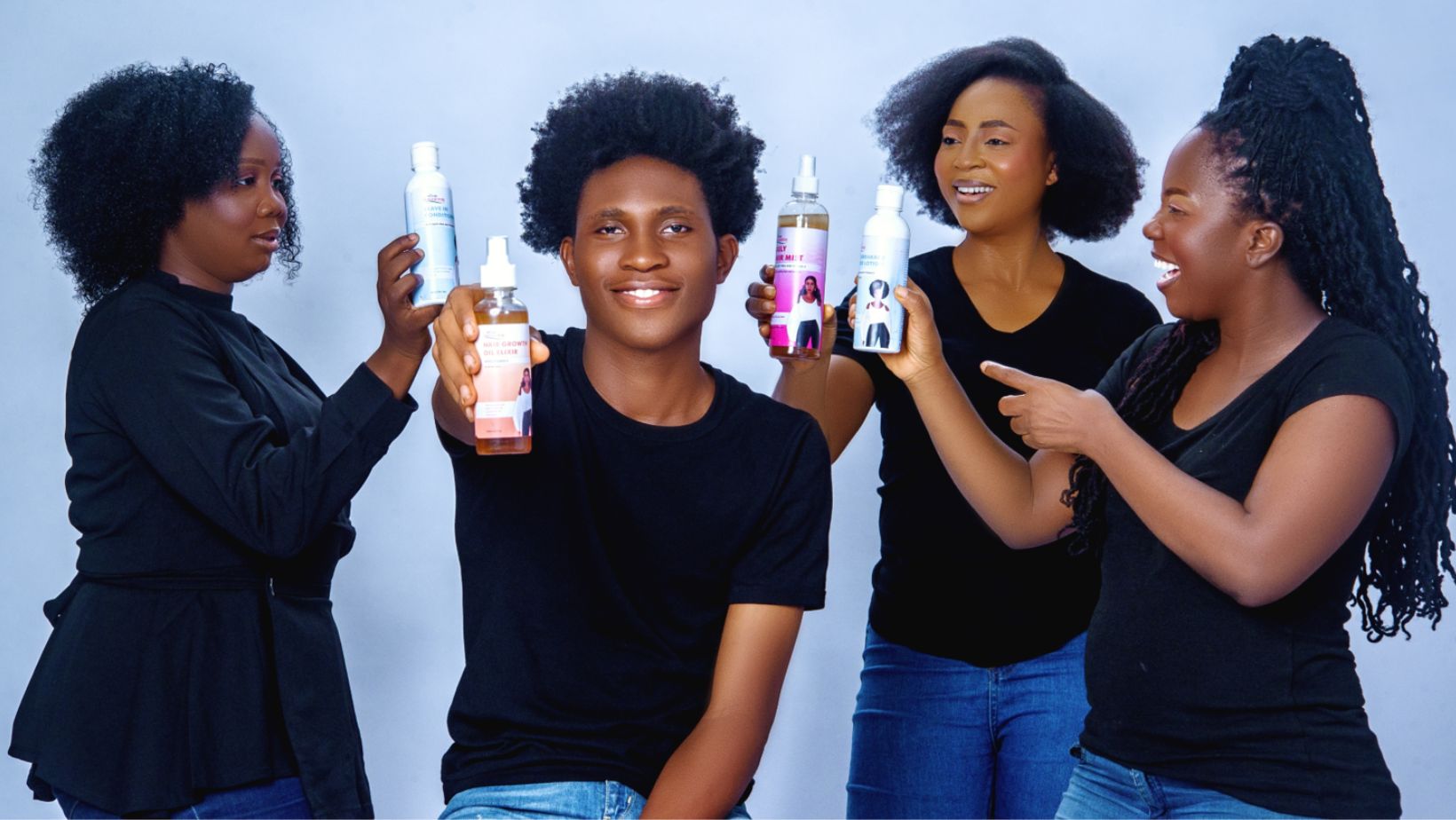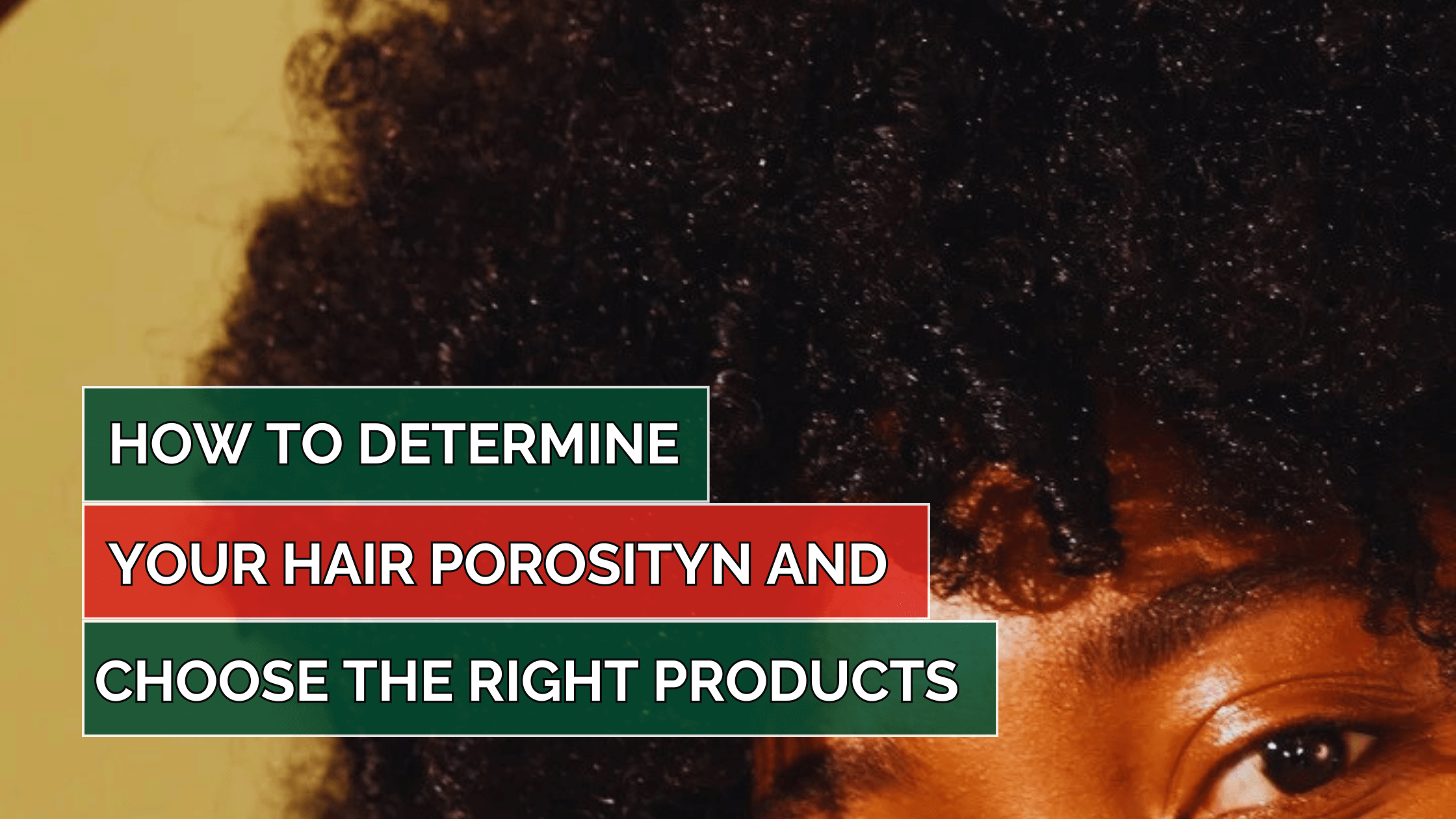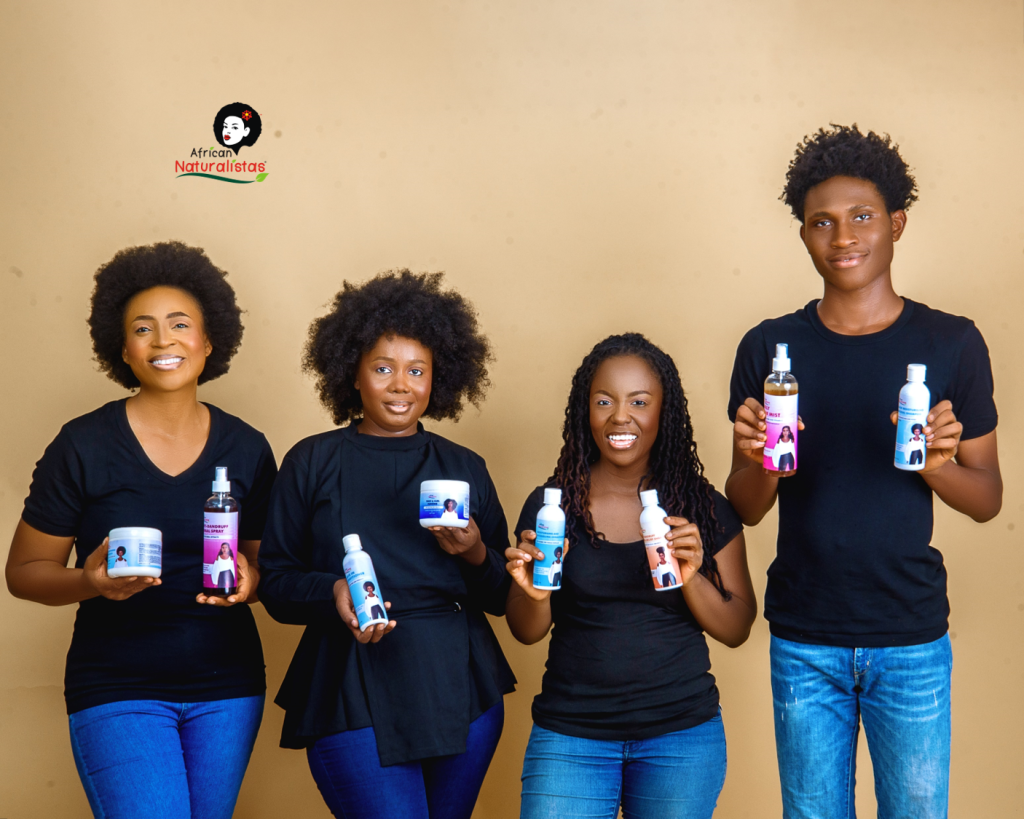If you’ve ever wondered why some hair products work miracles for others but do nothing for you, then it's probably because you've not been able to correctly identify your hair's porosity.
Hair porosity—a key factor in how your hair absorbs and retains moisture—determines how well your hair responds to different products.
When you understand your hair porosity, choosing the right products becomes easier, leading to healthier, shinier, and more manageable hair.
So, how do you figure it out, and more importantly, how do you pick the best products once you know? Let’s dive into how you can determine your hair porosity and use that knowledge to pick the products that are right for you.
What is Hair Porosity?

Hair porosity refers to your hair's ability to absorb and hold onto moisture. It’s a big deal because it determines how much moisture your hair can retain, how easily it can absorb hair products, and how well it stands up to styling or environmental damage.
There are three types of hair porosity:
- Low porosity: Hair cuticles are tightly packed and lay flat, making it hard for moisture to enter.
- Medium porosity: Hair cuticles are slightly raised, allowing moisture to be absorbed easily and retained longer.
- High porosity: Hair cuticles are raised or damaged, which means moisture enters quickly but also escapes just as fast.
When the wrong products are used, each type of porosity faces unique challenges, leading to dryness, frizz, or breakage. But the good news? With the right care, your hair can look and feel its best no matter what its porosity level is.
Why Hair Porosity Matters
Many people struggle with dry hair, frizz, or products not delivering on their promises because they aren’t using products suited to their hair porosity. For instance, people with low porosity often find that products sit on top of their hair, causing buildup without hydrating. Meanwhile, people with high porosity hair may experience breakage because moisture escapes too easily.
In the end knowing your hair's porosity will:
- Help you understand why some products work for you and others don’t.
- Save you from wasting money on hair products that just don’t work.
- Help you create a hair care routine that leaves your hair soft, shiny, and healthy.
How to Test Your Hair Porosity
Determining your hair porosity is surprisingly easy, and you don’t need any fancy tools. Below are two simple methods you can try.
1. The Water Float Test

This is the most common way to test your porosity, and it gives a good indication of how your hair handles moisture.
- Start with freshly washed hair—no products.
- Take a clean strand of your hair and drop it into a glass of water.
- Watch what happens over 3-5 minutes.
- If your hair floats, it means you have low porosity. Your hair cuticles are tightly closed, making it hard for moisture to enter.
- If your hair sinks slowly, you likely have medium porosity. Your cuticles are slightly raised, allowing moisture to enter and stay.
- If your hair sinks quickly, you have high porosity. Your hair absorbs water rapidly, but it also loses moisture just as fast.
2. The Slip ‘n’ Slide Test

This is another quick test to help you determine your porosity:
- Take a strand of your hair and slide your fingers from the tip to the root.
- If the strand feels smooth, your cuticles are tightly packed, and you likely have low porosity.
- If you feel a slight bumpiness, you probably have medium porosity.
- If the strand feels rough or uneven, your cuticles are raised or damaged, indicating high porosity.
Both tests give you clues about your hair’s ability to absorb moisture and guide you in choosing the right products.
Common Hair Concerns Based on Porosity
Once you know your hair porosity, it's easier to understand why you may be struggling with certain hair issues. Here's a breakdown of common concerns based on each porosity type and the solutions you need to get healthier hair.
1. Low Porosity Hair Problems
- Moisture Repellence: With cuticles tightly shut, low porosity hair struggles to absorb moisture. Water and products tend to sit on the surface, causing buildup.
- Product Buildup: Using heavy creams or oils can clog your strands, making them appear greasy or weighed down.
- Heat Styling: Your hair may be more resistant to styling, especially when it comes to absorbing heat during treatments.
Solutions:
- Use lightweight, water-based products. Ingredients like aloe vera, honey, and glycerin are excellent for low porosity hair because they draw moisture into the hair without weighing it down.
- Incorporate a clarifying shampoo into your routine to remove product buildup and open up your hair cuticles.
- Use a steam treatment or a warm towel when deep conditioning to open up the cuticles and allow for better absorption.
2. Medium Porosity Hair Problems
- Moisture Balance: While medium porosity hair retains moisture relatively well, improper product use can lead to imbalances, causing frizz or dullness.
- Overprocessing: If you color-treat or heat-style your hair often, your cuticles may eventually raise, pushing your porosity into the high range.
Solutions:
- Maintain a balance between moisture and protein. Medium porosity hair thrives on products that provide both hydration and strength.
- Use a light leave-in conditioner and natural oils like argan oil or coconut oil to lock in moisture.
- Incorporate a protein treatment once a month to reinforce your hair’s strength without weighing it down.
3. High Porosity Hair Problems
- Moisture Loss: High porosity hair absorbs moisture quickly, but because the cuticles are raised, it loses that moisture just as fast, leaving hair dry and prone to breakage.
- Frizz and Breakage: High porosity hair is more susceptible to environmental damage like humidity, leading to frizz and split ends.
Solutions:
- Opt for thick, creamy products like butters and rich oils (e.g., shea butter, castor oil) that coat the hair and prevent moisture loss.
- Use a protein treatment to rebuild your hair’s structure and help fill in the gaps in your cuticles.
- Deep condition weekly with a product that provides intense moisture and nutrients to strengthen and hydrate your hair.
Choosing the Right Products Based on Hair Porosity
Once you understand your hair porosity, you can tailor your product choices to meet your hair's specific needs. Here are product recommendations for each type of porosity.
For Low Porosity Hair:
- Clarifying Shampoo: Removes product buildup, allowing moisture to penetrate.
- Water-based Leave-In Conditioners: Lightweight formulas that won't clog the hair shaft.
- Light Oils: Argan oil or jojoba oil are great for sealing in moisture without being too heavy.
For Medium Porosity Hair:
- Balancing Conditioner: A product that provides a mix of moisture and protein.
- Lightweight Oils: Coconut oil or olive oil can enhance your hair’s natural shine.
- Occasional Protein Treatments: Keep the protein/moisture balance intact with treatments once a month.
For High Porosity Hair:
- Moisturizing Shampoos: Help retain as much moisture as possible.
- Heavy Oils and Butters: Use products like shea butter, castor oil, and thick creams to lock in moisture.
- Protein Treatments: Help repair and strengthen the cuticle, reducing breakage and frizz.
Your Hair Care Journey Starts Here
Now that you’ve learned how to determine your hair porosity and match it with the right products, you’re one step closer to healthier, more manageable hair. No more guesswork or frustration—just products that work with your hair, not against it.
If you’re ready to take your hair care routine to the next level, visit our online store and send us a DM.
Our experts at African Naturalistas are here to recommend the perfect products for your unique hair porosity.
Let’s help you achieve the hair of your dreams—healthy, shiny, and full of life!



